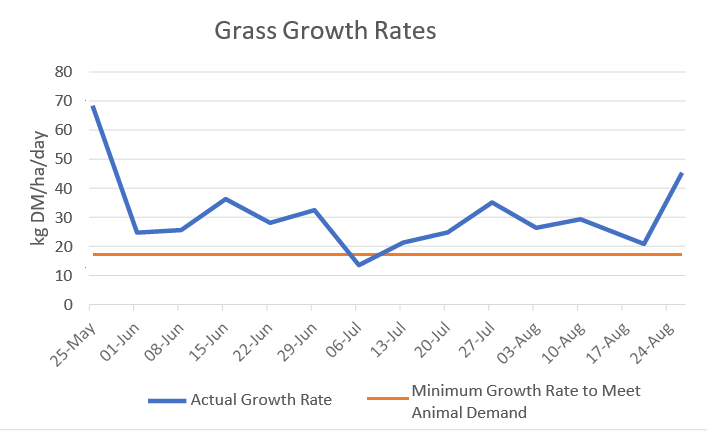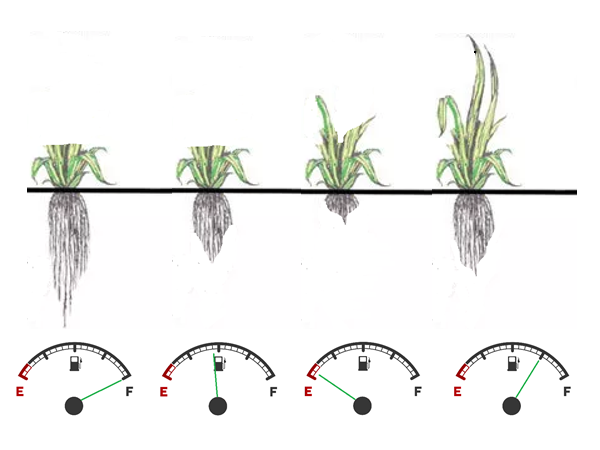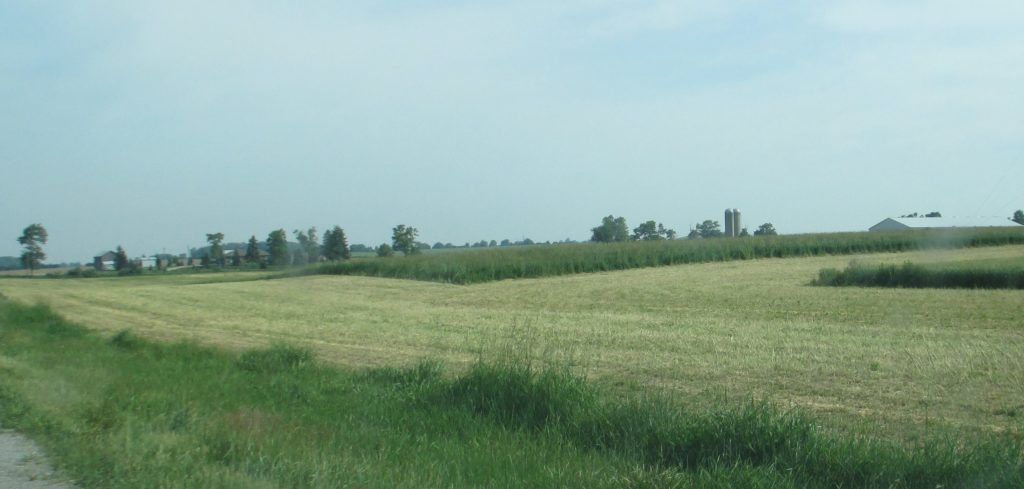Beef up your forage intake rates on pasture
This article was originally published in the Spring 2024 edition of Virtual Beef. Pastures in Ontario usually consist of a mix of bunchgrasses and sod-forming grasses. This diversity in plant structure encourages livestock to sort through the pasture, spending grazing time seeking the most palatable plants instead of maximizing forage intakes. Increased forage intake leads […]




